Demystifying Linux: An Introduction to the Open-Source Operating System.
Understanding Linux
In the vast world of computer operating systems, one name stands out: Linux. You may have heard of it, but what exactly is Linux? Let's unravel this technology and understand why it has gained immense popularity over the years.
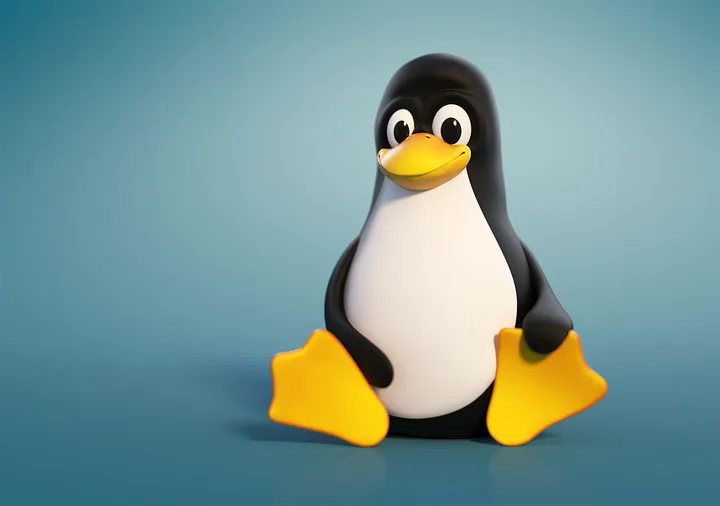
Linux is an open-source operating system that forms the foundation of a vast array of computing devices, from your smartphone to supercomputers. It all started in the early 1990s when a Finnish software engineer named Linus Torvalds initiated the Linux kernel's development. The kernel, often referred to as the core of the operating system, is the heart of Linux, managing hardware and software resources.
The term “Linux” can mean two things:
1. Linux kernel
2. Linux distribution (Linux operating system)
Kernel: The Core of the Operating System
At its core, the Linux kernel is a critical part of the Linux operating system, serving as the bridge between the computer's hardware and the software that runs on it. It manages system resources, facilitates communication between software and hardware components, and controls the overall functioning of the operating system.
1. Resource Management
The kernel allocates resources such as CPU time, memory, and input/output devices to various software programs, ensuring efficient utilization and preventing conflicts.
2. Device Drivers
It includes device drivers, which are essential for enabling communication between the operating system and hardware components like printers, graphic cards, and storage devices.
3. System Calls
The kernel provides a set of system calls, acting as an interface that allows applications and user processes to interact with the kernel and perform functions like file operations, network communication, and memory management.
Core Principles of the Linux Kernel
1. Stability and Reliability
The Linux kernel is renowned for its stability and reliability. The developers prioritize robustness to ensure a consistent and dependable computing experience.
2. Performance Optimization
Continuous efforts are made to optimize performance, ensuring efficient resource usage and responsiveness across various hardware configurations.
3. Security
Security is a top concern, and developers work diligently to identify and rectify vulnerabilities, enhancing the kernel's resistance to threats and attacks.
Linux distribution
A server or a bare essentials Linux distribution usually consist of:
1. The Linux kernel
the software on a computer that enables applications to access the devices of that computer. This is developed by Linus Torvalds and thousands of collaborators.
2. Other essential software
like a bootloader, GNU shell utilities, the bash command line shell (also GNU) and others. They are all produced by different groups of developers.
3. Package Manager
In Linux, a package manager is a software tool that facilitates the installation, removal, configuration, and maintenance of software packages on a Linux system. It automates the process of managing software by handling dependencies, ensuring software compatibility, and streamlining updates. Users can easily install new software, update existing packages, or remove unwanted ones through the package manager, simplifying software management on Linux distributions. Common package managers in Linux include apt (used in Debian and Ubuntu), yum/dnf (used in CentOS, Fedora, and Red Hat), and pacman (used in Arch Linux).
One way to interact with this kind of Linux distribution is through a command line or the shell, which is a command process that allows you to control the computer via commands typed into a text interface.
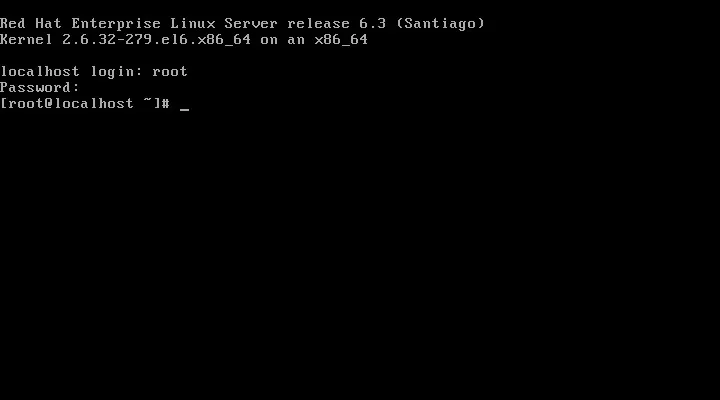
One can also use the shell to install and launch a graphical user interface if needed.
A more comprehensive Linux distribution usually consists of:
1. The bare essentials mentioned above
2. Graphical user interface
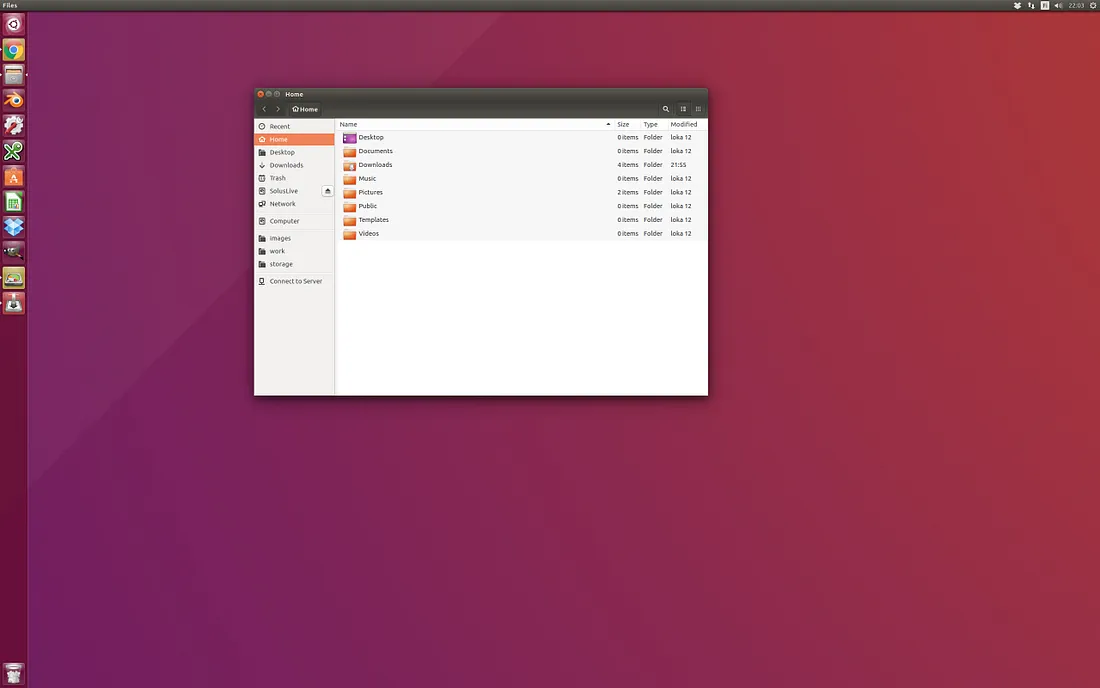
3. Pre-installed free applications
Often various different pre-installed free applications like the Firefox Internet browser or the Libreoffice office suite and many others, depending on what the creators wanted to include
A Linux distribution can be:
1. A system developed from scratch (Debian, Red Hat, Arch Linux,......)
2. A fork of somebody else’s distribution (Ubuntu (based on Debian), Manjaro (based on Arch Linux), …)
3. A fork based on a fork (Elementary OS (based on Ubuntu), …)
A fork isn’t just a copy of another distro (sometimes they are, though). A well developed forked distro can be visually and functionally entirely different experience than the one it was based upon.
Some Linux Distributions
Ubuntu
A widely popular and user-friendly Linux distribution known for its ease of use and strong community support. It's based on Debian and comes in various flavors, including Ubuntu Desktop, Server, and Ubuntu flavors like Kubuntu, Xubuntu, and Lubuntu.

Mint Linux
Built on Ubuntu, Linux Mint is known for its polished interface and user-friendly experience. It aims to provide a complete, out-of-the-box multimedia experience for users.
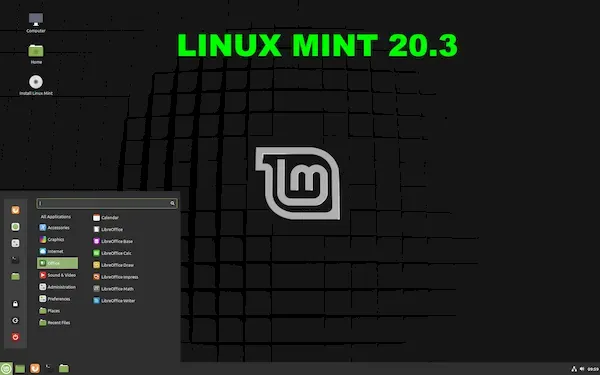
Debian
One of the oldest and most respected Linux distributions, known for its stability, robust package management system (APT), and wide range of supported architectures.
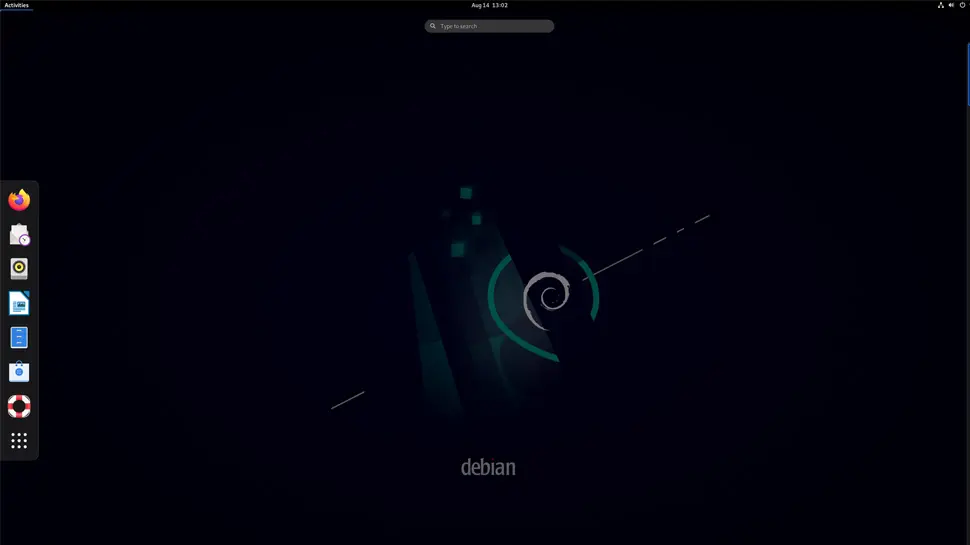
Fedora
Sponsored by Red Hat, Fedora is a cutting-edge distribution that often serves as a testing ground for new Linux technologies. It's known for being on the forefront of innovation.
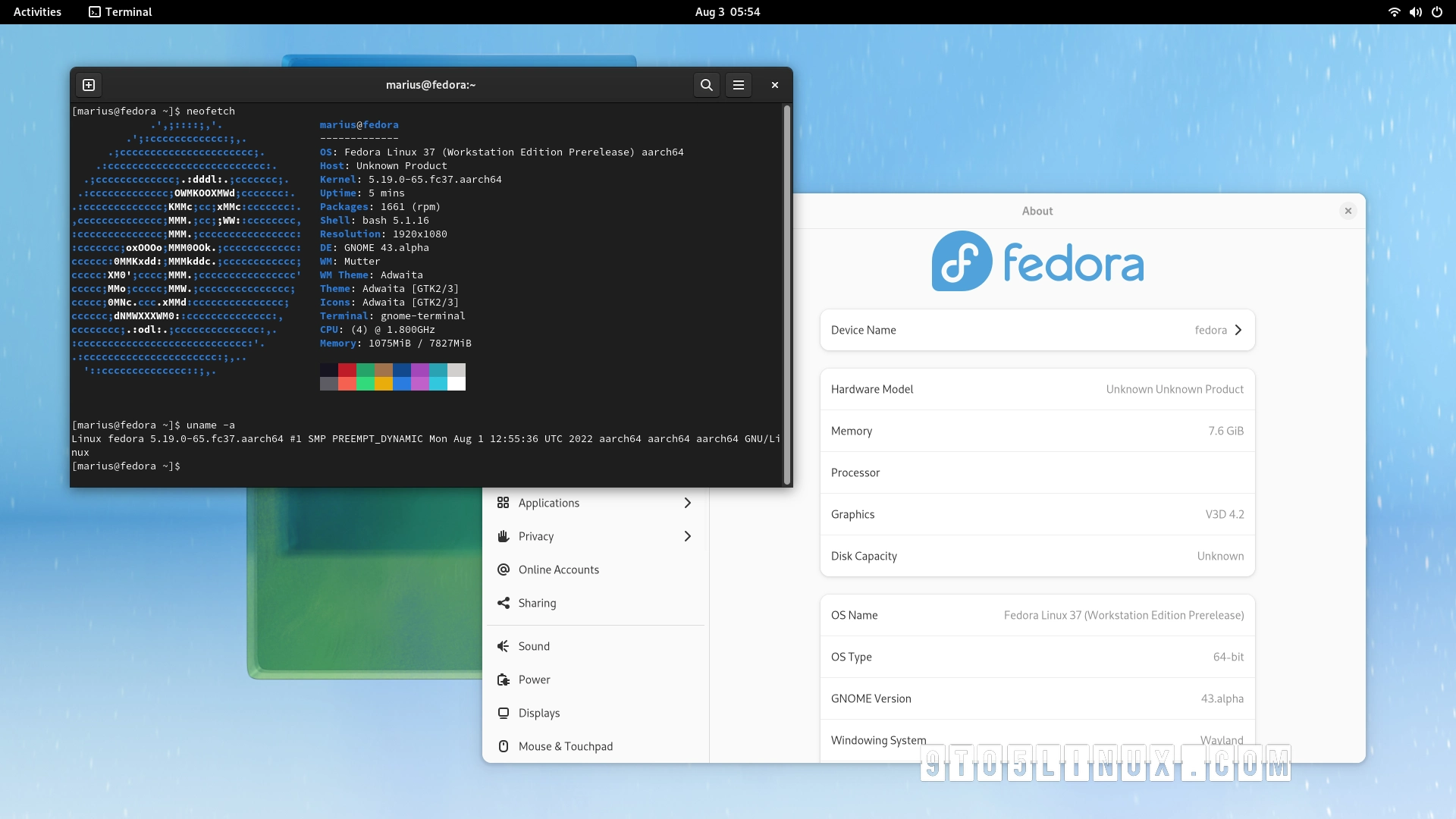
Arch Linux
A rolling-release distribution known for its minimalism, flexibility, and a do-it-yourself approach. It's highly customizable and often used by advanced users.
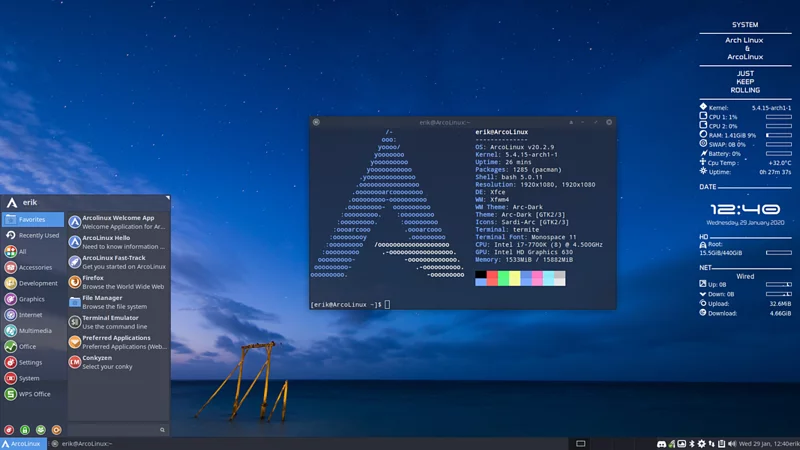
Red Hat Enterprise Linux (RHEL)
A leading enterprise Linux distribution known for its stability, security features, and comprehensive support. It's often used in corporate and enterprise settings.
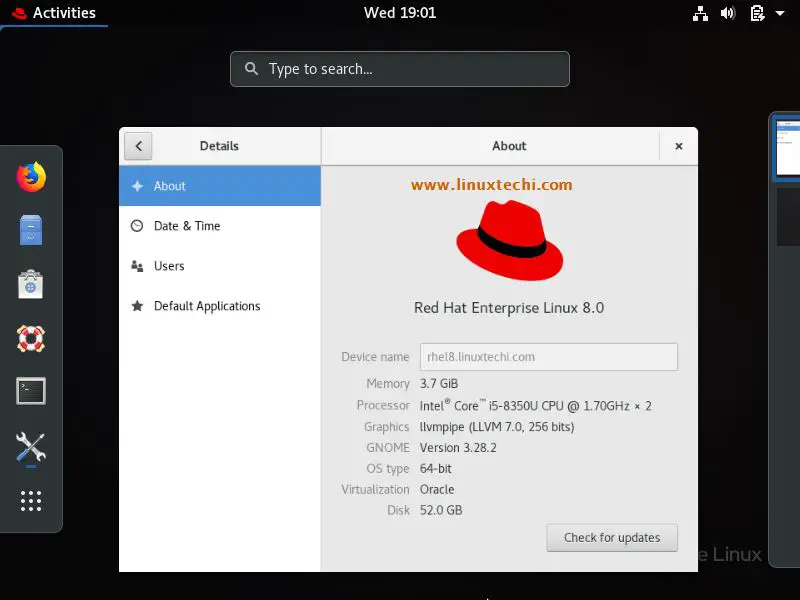
Timeline of Linux distributions chart
The history of Linux distributions is a rich and diverse one, with a timeline that spans several decades. Here's a brief timeline highlighting key Linux distributions and their significant releases (Click Here for View Entire chart)

Desktop Environments
Desktop Environments are a very visible and tangible part of a Linux distribution. They are often the unique experience you get from trying out different distros. They are a collection of icons, windows, toolbars, folders, wallpapers and desktop widgets and other similar resources.
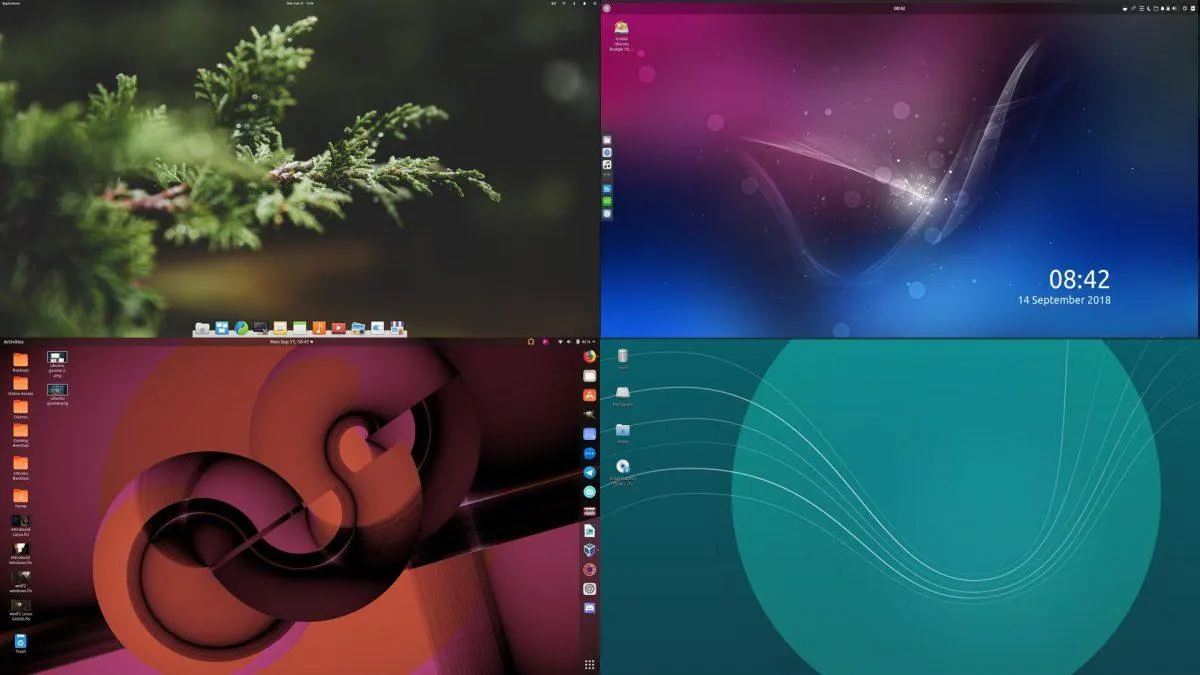
Some of the most popular Linux distro desktop environments (DEs) are Unity, GNOME, Xfce, KDE Plasma, Cinnamon, MATE, LXDE, LXQt, Lumina, Budgie, Deepin and Pantheon, for example.
Like it is for different distros and for about everything in the Linux world, you can find an alternative. Some desktop environments are light but ugly, some are heavy but beautiful, some are better for different situations than others.
No matter whether you install a Debian, Red Hat, Arch Linux or Ubuntu distribution, you can also change their desktop environment to be any of those previously mentioned. However, often you don’t even have to because many of those distros already have different versions of their main distro available with that desktop environment. For example out of Ubuntu (Unity DE) there are flavors like Xubuntu (Xfce DE), Lubuntu (LXDE DE), Kubuntu (KDE Plasma DE), Ubuntu GNOME (GNOME DE), Ubuntu MATE (MATE DE) or out of Fedora there are Fedora Spins. Each of those might have their own developers and communities. They make sure Ubuntu or Fedora work well with the chosen desktop environment. Also Manjaro and many other distributions have these variations/forks/flavors/spins made out of them.
As an example, you can do this for Ubuntu and after that you can switch between Unity and GNOME when you wish. But, maybe it works better for you if you just install the specifically tailored Ubuntu GNOME distro mentioned above.
How to choose a good Linux distribution?
Often if one isn’t interested in trying out a lot of different distros, a safe way is to go for what is most popular.
Distrowatch has some kind of a popularity meter in their site. It is based on page hits for different distros.
Linux Mint, Ubuntu and Zorin OS sure are good distros to try for a first distro. Elementary OS is too, but for me it was a bit too buggy and difficult to get working the way I wanted, but it’s getting better and better and I like to support it. In Patreon and otherwise:
Conclusion
Linux distributions have become renowned for their stability, security, flexibility, and open-source nature. They have shaped the modern computing landscape by providing viable alternatives to proprietary operating systems and fostering a collaborative and innovative community of developers, enthusiasts, and users.
In conclusion, the timeline of Linux distributions illustrates the remarkable progression and adaptability of this open-source movement, showcasing how a collaborative effort has led to a vast array of powerful, customizable, and freely accessible operating systems that continue to thrive and evolve in the world of technology.